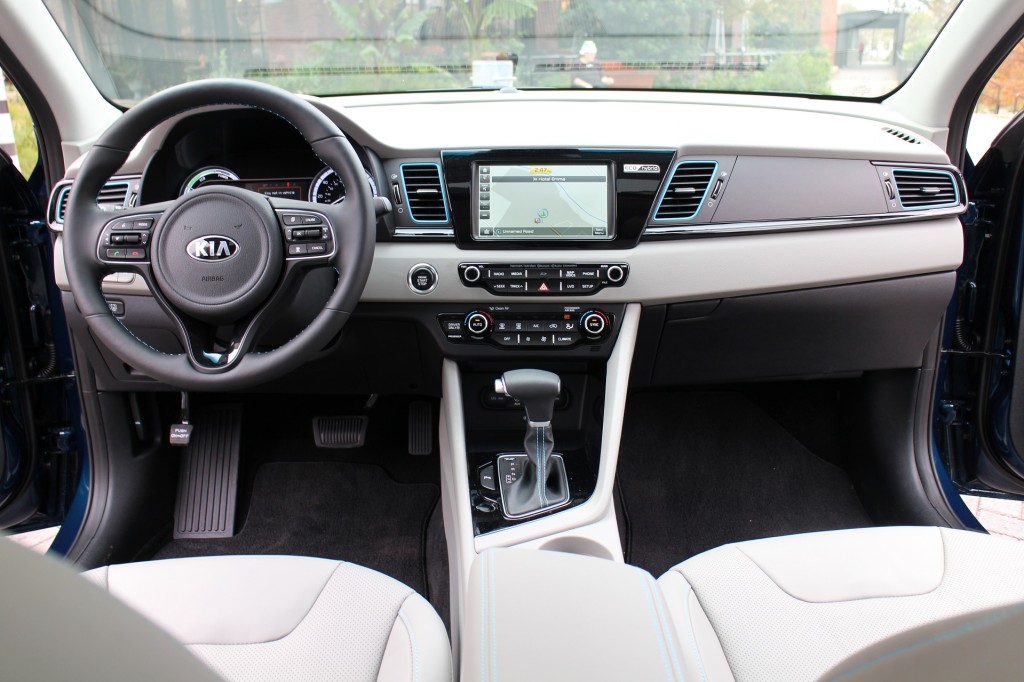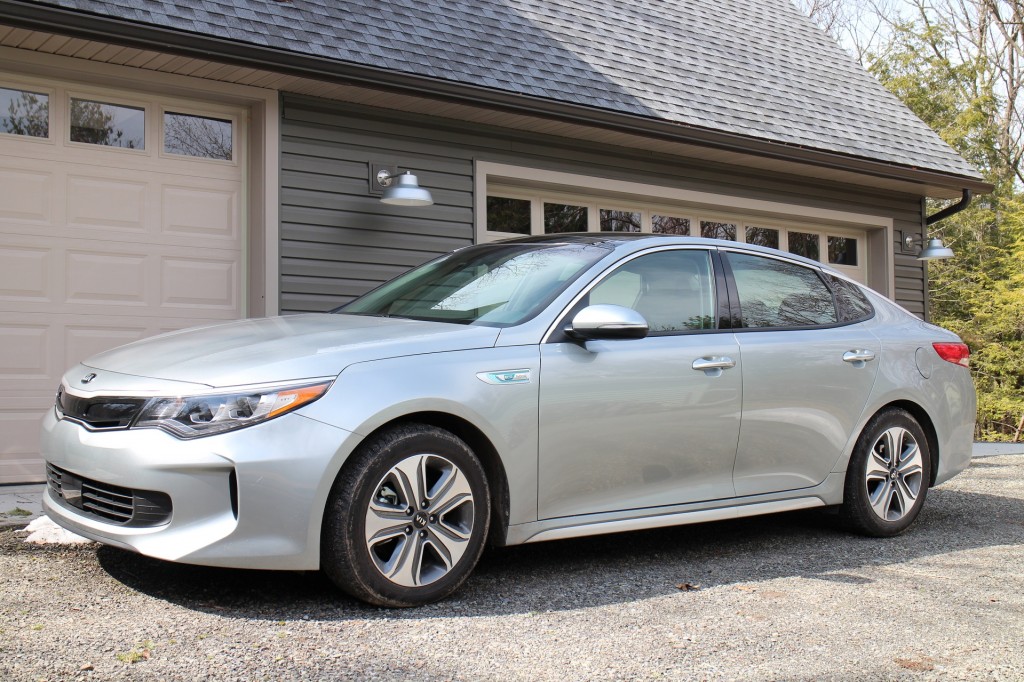For the past few years, plug-in electric cars have gotten more publicity than their small share of the market deserved.
That's exactly what had happened to hybrids a decade earlier—and hybrids still outsell cars with plugs, even if they're no longer getting outsize publicity.
We've been driving quite a few hybrids lately, and we decided it was worth putting down in an article how and why they've changed since the last time average buyers paid attention.
DON'T MISS: 2018 (?) Honda CR-V Hybrid all but confirmed for U.S. sale
So here are our six things you should know about hybrid vehicles if you haven't really spent much time thinking about them lately.
(1) Dedicated hybrids no longer have to look weird.
The public image of hybrids has probably been fixed by the Toyota Prius, which has always been slightly out of step and got downright weird-looking in its most recent incarnation in 2016.

2017 Hyundai Ioniq Hybrid
But two new dedicated hybrids, the Kia Niro wagon and the Hyundai Ioniq hatchback, were both designed specifically to be normally appealing—and we think they've succeeded.
The Niro is slightly less fuel-efficient than the 56-mpg Prius Two Eco, but the 58-mpg Ioniq Hybrid Blue beats it, and you might never know looking at either one that they had hybrid powertrains.
(2) Hybrid cars are way better to drive than they used to be.
Earlier hybrids tended to feel very different from "normal' cars behind the wheel. The Prius in particular, again, had numb and remote controls and little sense of connection between the inputs and its road behavior.
The engines spooled up and down in a way that was entirely disconnected from road speed, and usually howled under hard acceleration despite little forward motion. In other words, they were slow.
Now, the Hyundai and Kia (which share hardware under the skin) use dual-clutch transmissions that shift like normal gearboxes, along with their electric motor. TL/DR: They behave a lot more like normal cars.

2017 Kia Niro, San Antonio, Texas, Dec 2016
(3) In particular, they're a lot quieter inside.
While every car of any kind has gotten quieter in recent years, hybrids have benefited more than most as carmakers learned that a small efficient engine screaming at full speed did not induce confidence in drivers.
Among the hybrids we've driven over the last couple of years, we've largely found that transitions between electric-only and engine power are close to indistinguishable.
And even at maximum power, while the engines get louder, they're no longer startling or worrisome—and that applies to the latest Prius too.
READ THIS: 2017 hybrid mid-size sedans: all the entries, plus what's due for 2018
(4) Real-world gas mileage still varies with driving style, speed, and temperature.
It's harder and harder to boost the efficiency of a car above 50 mpg, when the amount of gasoline saved on a drive cycle starts to be measured in tablespoons rather than fractions of a gallon.
But just like always, even the latest hybrids will give you extraordinary mileage if you're gentle on the accelerator, but suck up more gasoline if you're not.
Temperature counts too; below 40 degrees or so, we notice a mileage fall-off, and of course high speeds require more energy to overcome wind resistance than lower ones no matter what kind of powertrain you're using.

2017 Kia Niro Touring, Catskill Mountains, NY, March 2017
(5) Plug-in versions of standard hybrids are getting a lot more common.
Get ready for more and more hybrids to come to market with a plug-in option, at least in California and a few other states.
That's already the case with hybrid versions of mid-size sedans, including the Ford Fusion,and Hyundai Sonata. Will the 2018 Toyota Camry Hybrid join them? We don't know.
It's also (going to be) the case with the Hyundai Ioniq and Kia Niro, and of course the Prius Prime has been offered since the start of this year, following the previous year's launch of the conventional Toyota Prius.
CHECK OUT: Toyota Prius One: stripped-down hybrid added at lower price
(6) Gas is cheap, so you can get good deals on hybrids these days.
This one's self-explanatory.
Want a Toyota Prius? Your local dealer likely has some nice incentives to persuade you that the cost of 50-mpg motoring is a lot lower than you realized.
And with gas prices staying well below $3 a gallon in most parts of the U.S., that trend is likely to continue for a while.

2017 Kia Optima Hybrid, Catskill Mountains, NY, April 2017
To sum up, hybrid cars are a lot more pleasant than they used to be, and require fewer sacrifices in comfort, driving quality, and general enjoyment.
They still return gas mileage that's higher than any vehicle without electrification, and your neighbors won't raise their eyebrows at the shape of the new car in your driveway.
Finally, you'll likely get a better deal on a better car than you would have just two years ago.
What's not to like?
EDITOR'S NOTE: An earlier version of this article included the statement that a plug-in hybrid version of the Chevrolet Malibu mid-size sedan was available. That was incorrect, although the same system is used in the Chevrolet Volt, a compact plug-in hybrid hatchback. We regret the error.
_______________________________________













